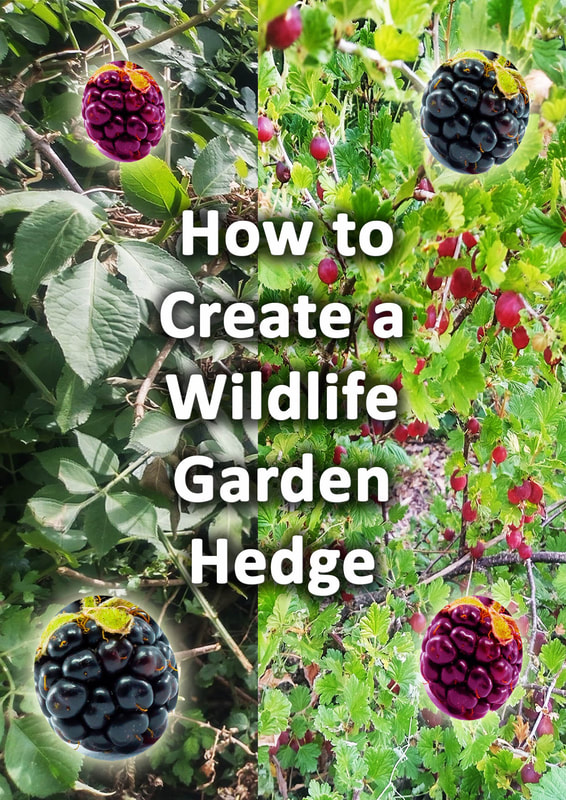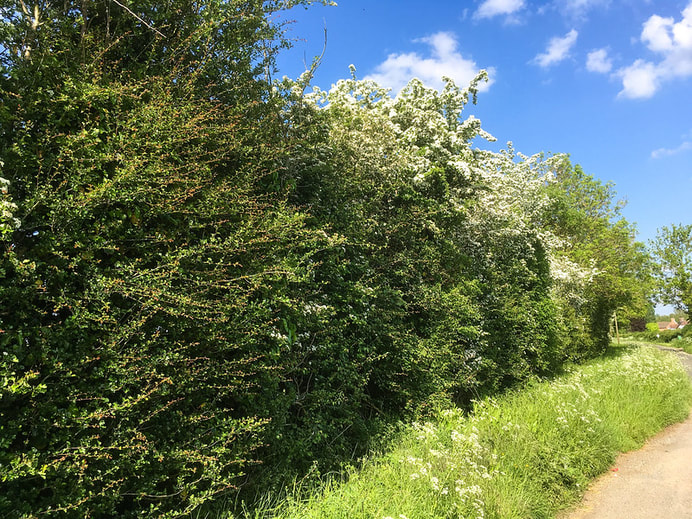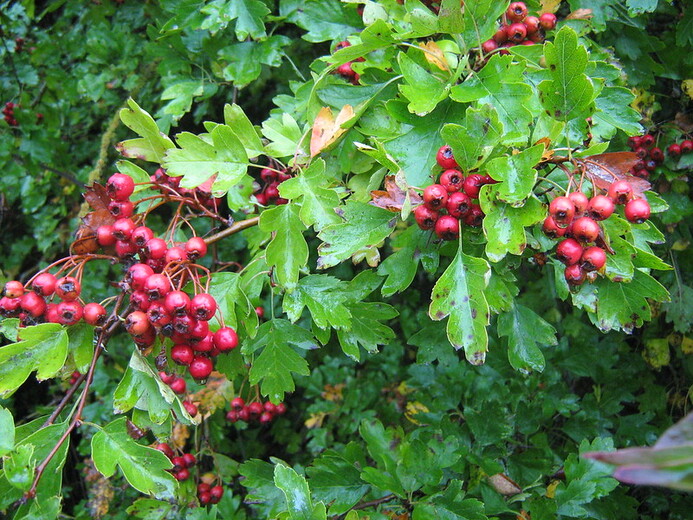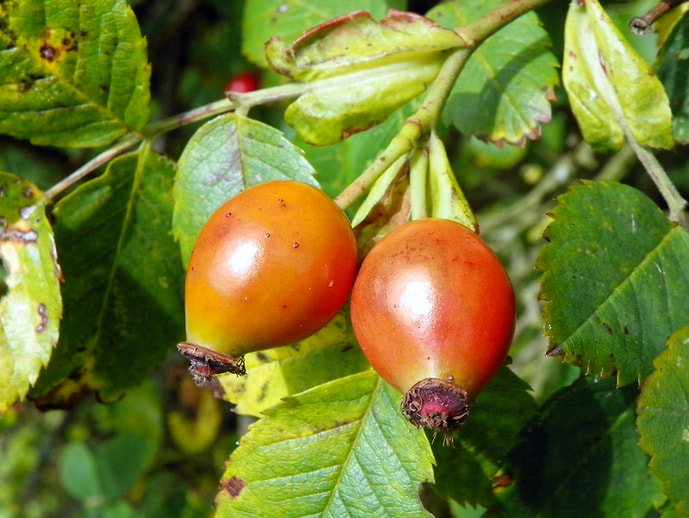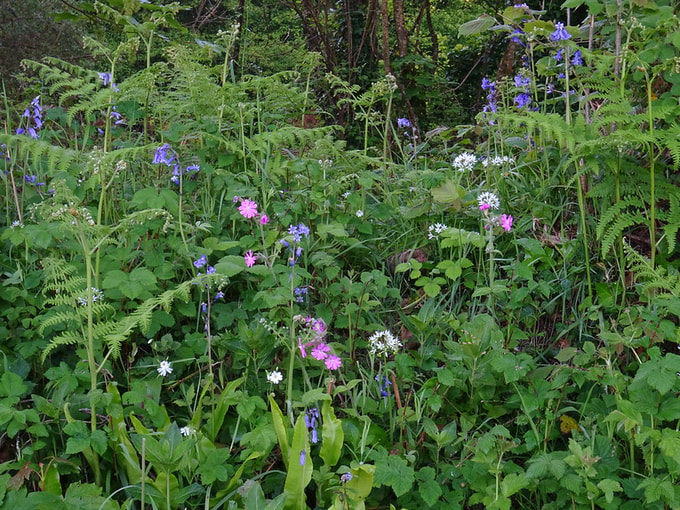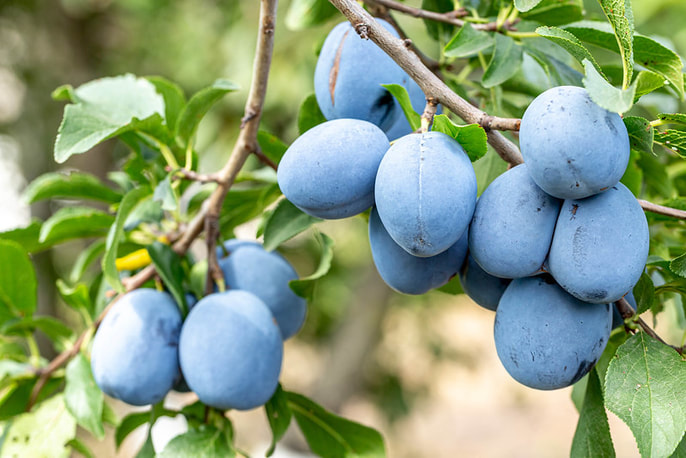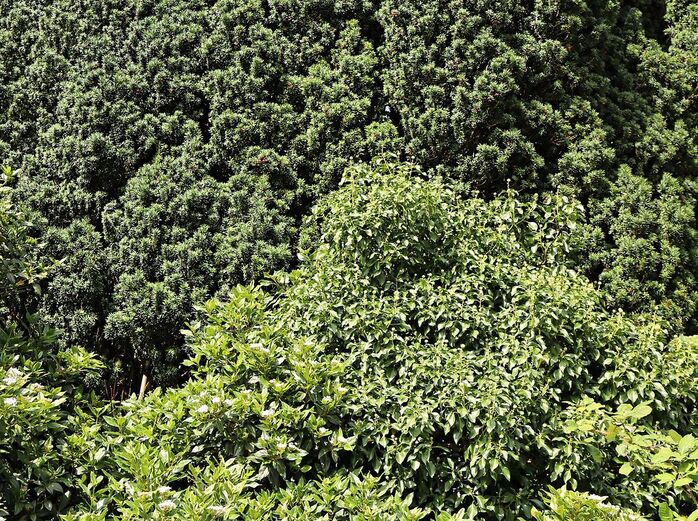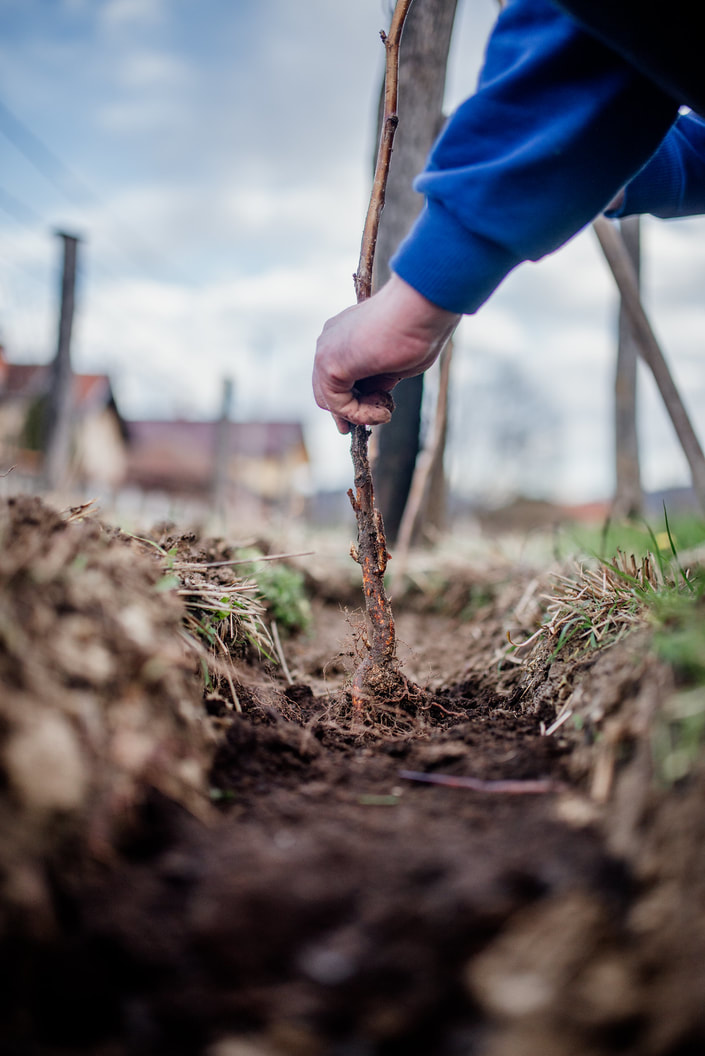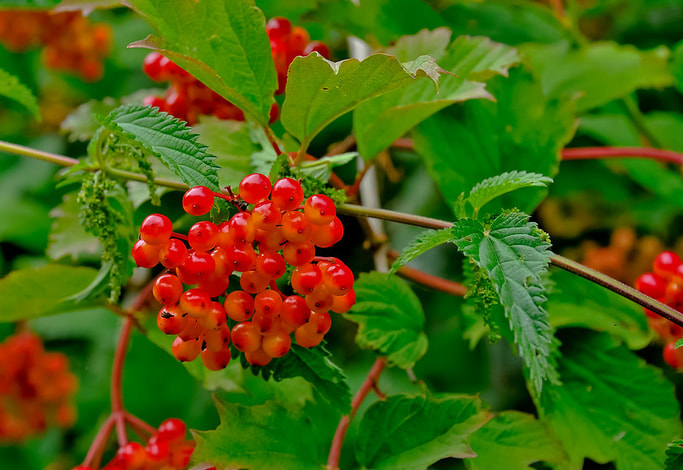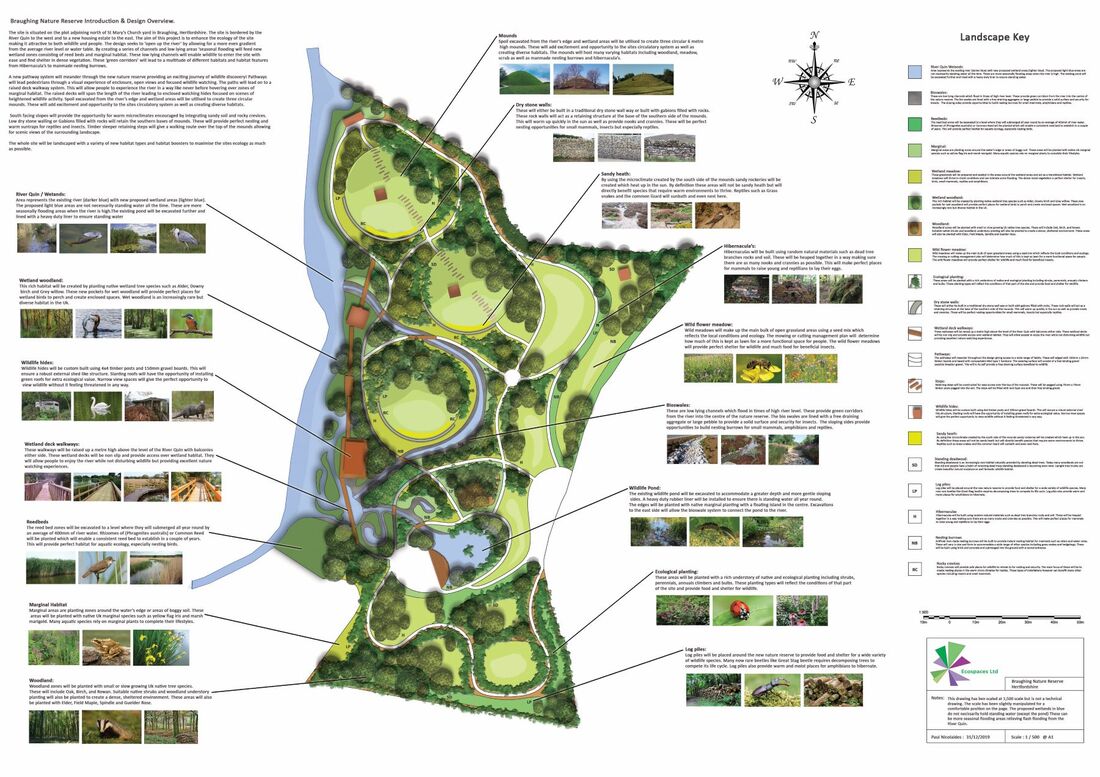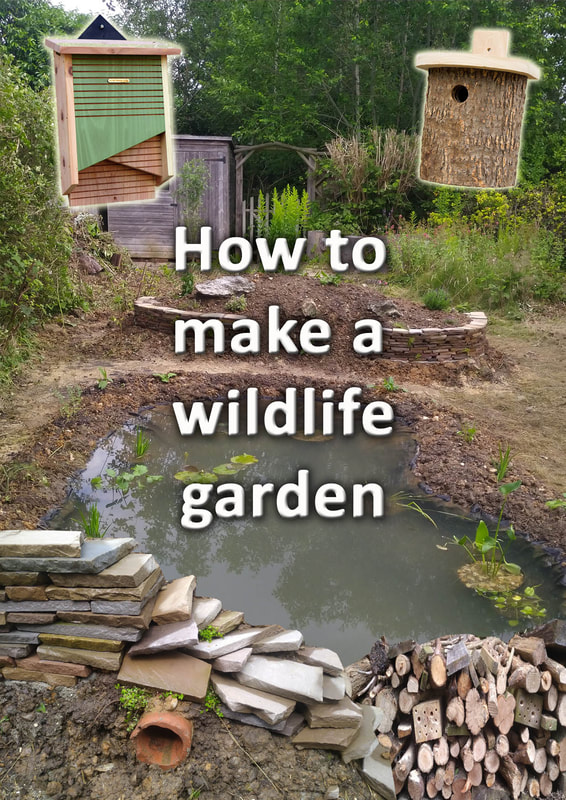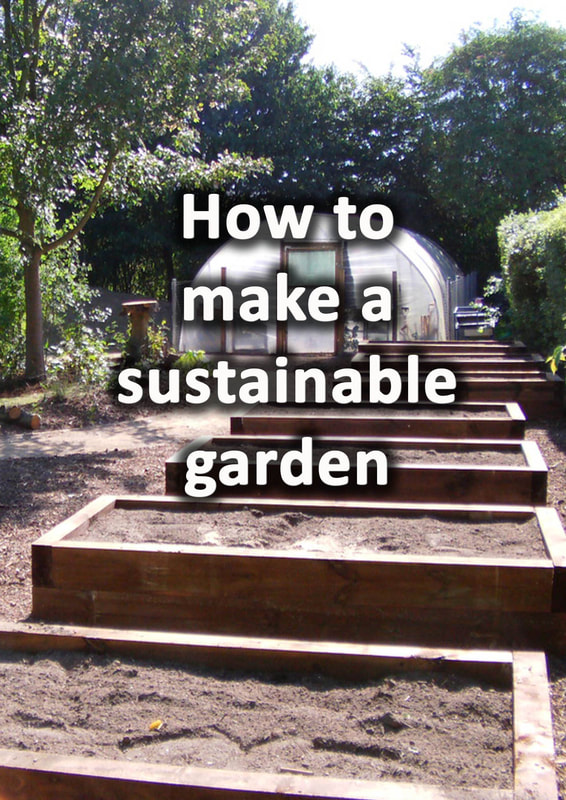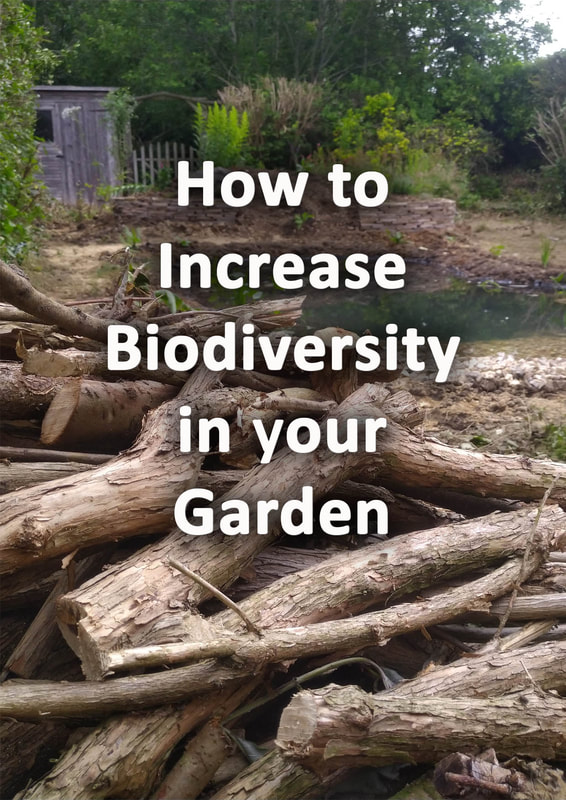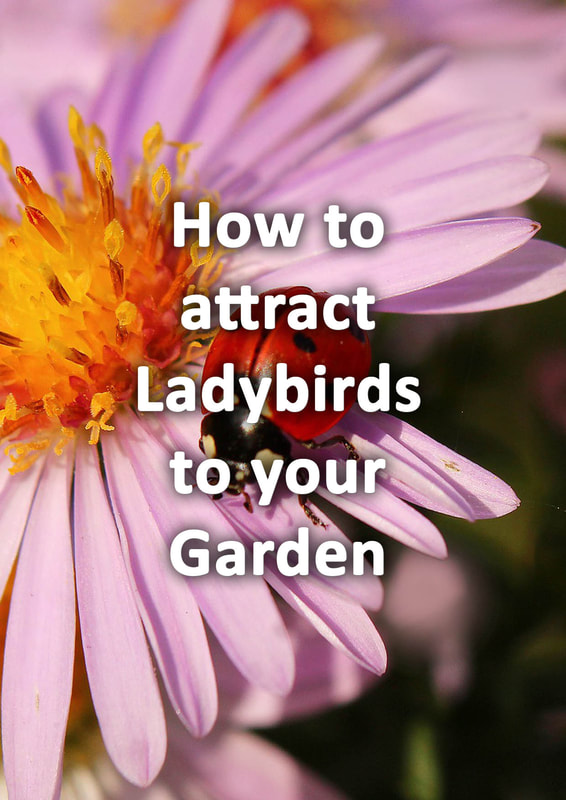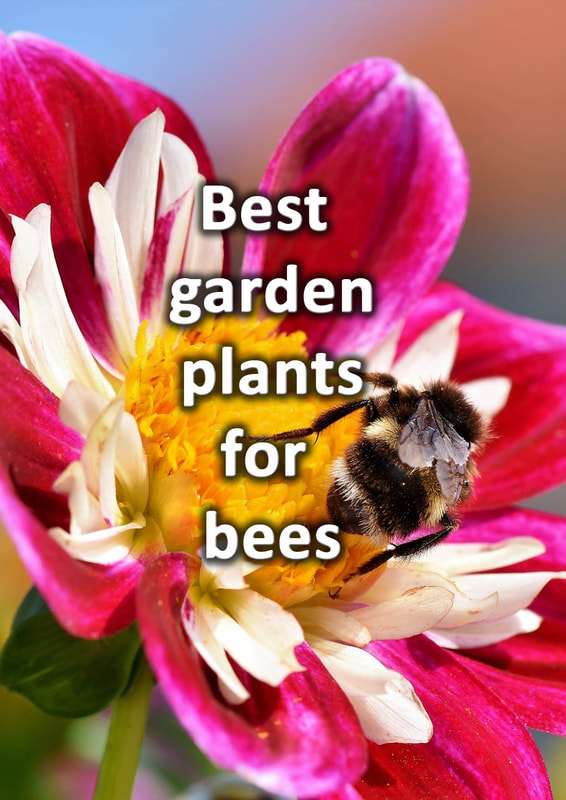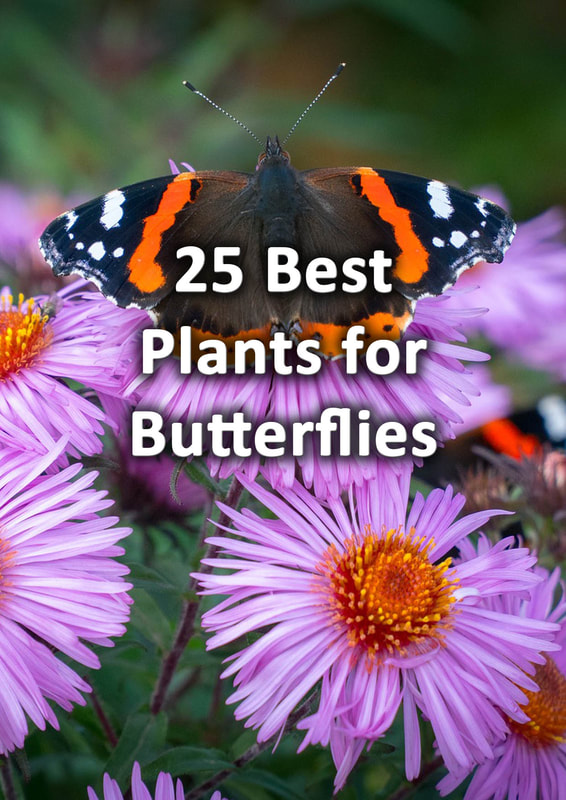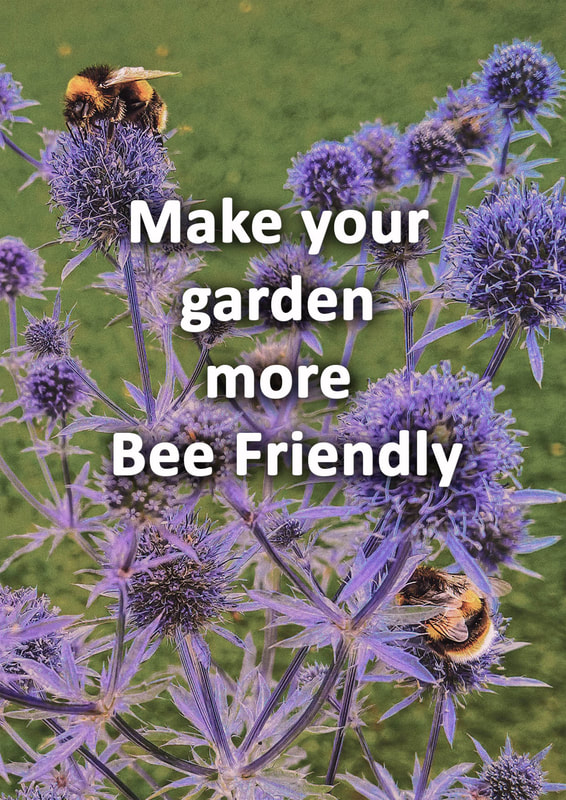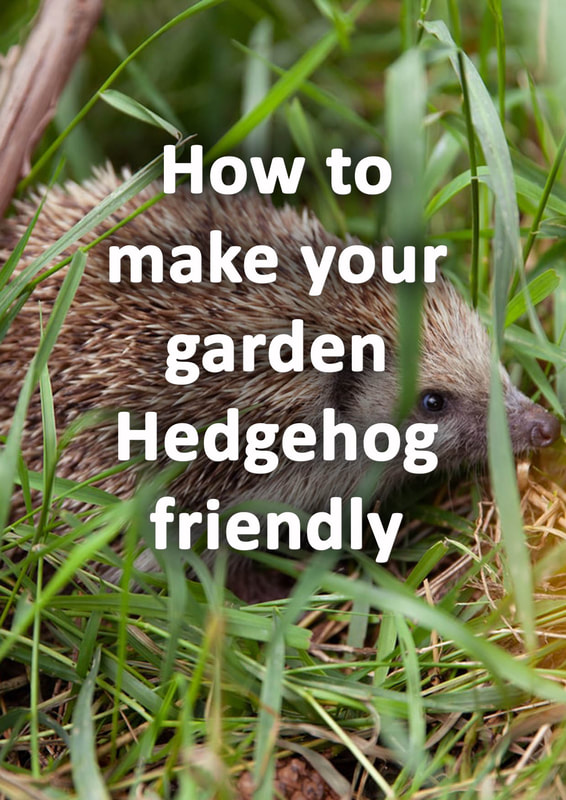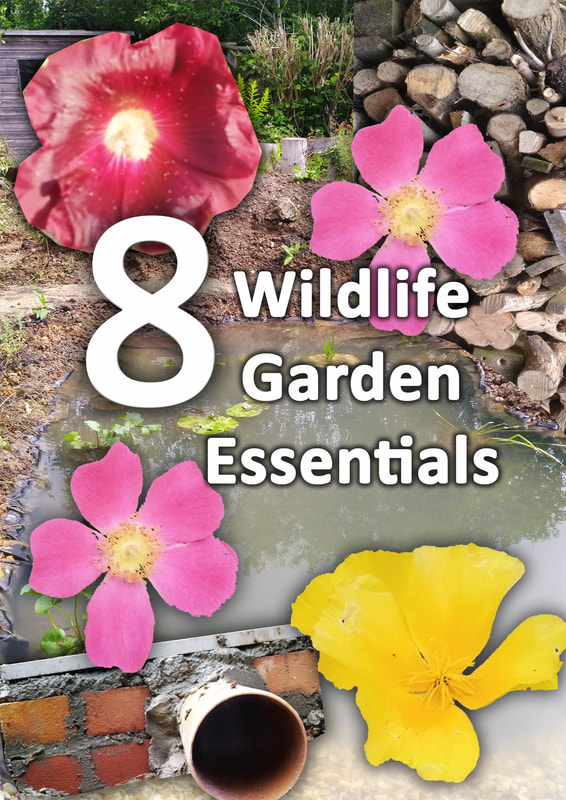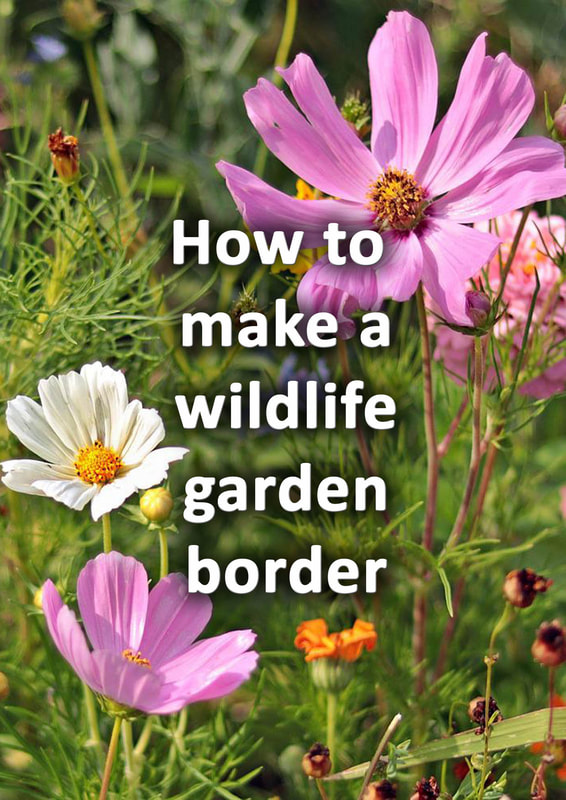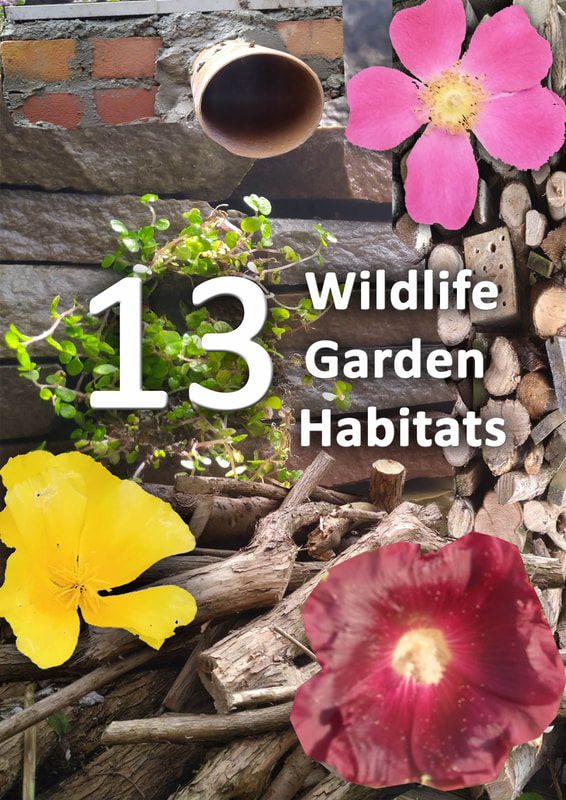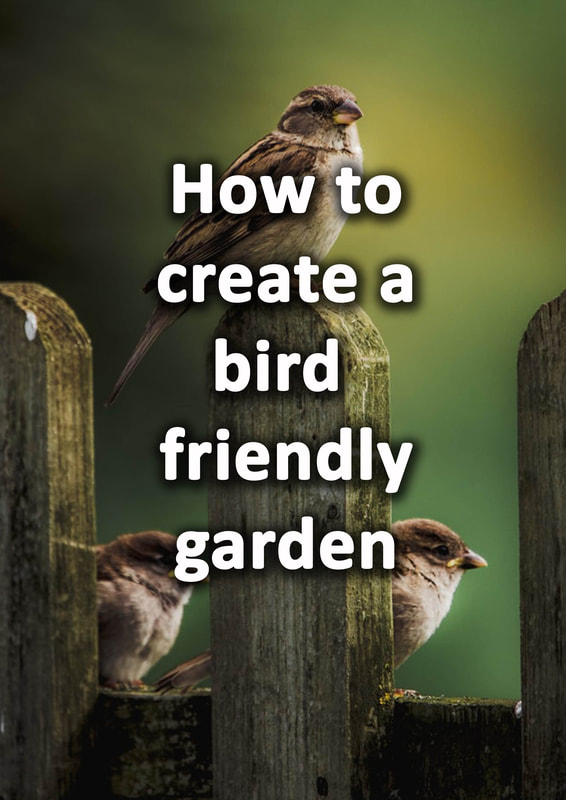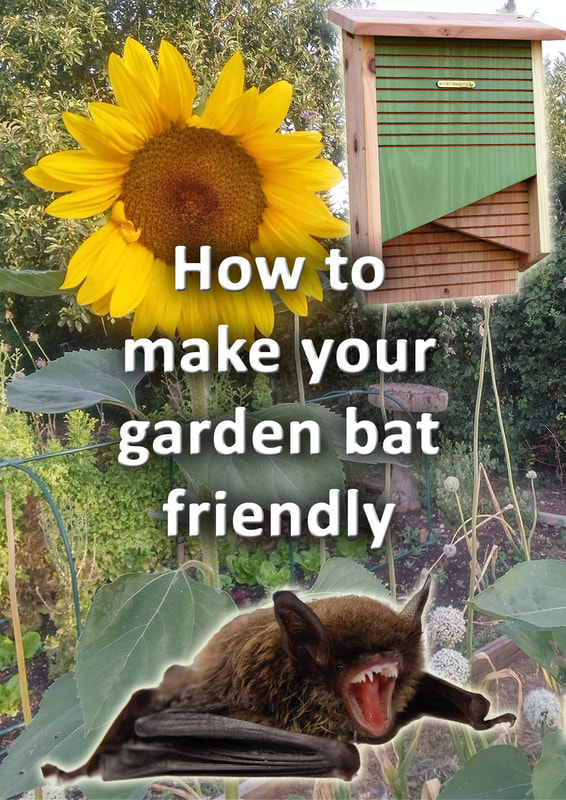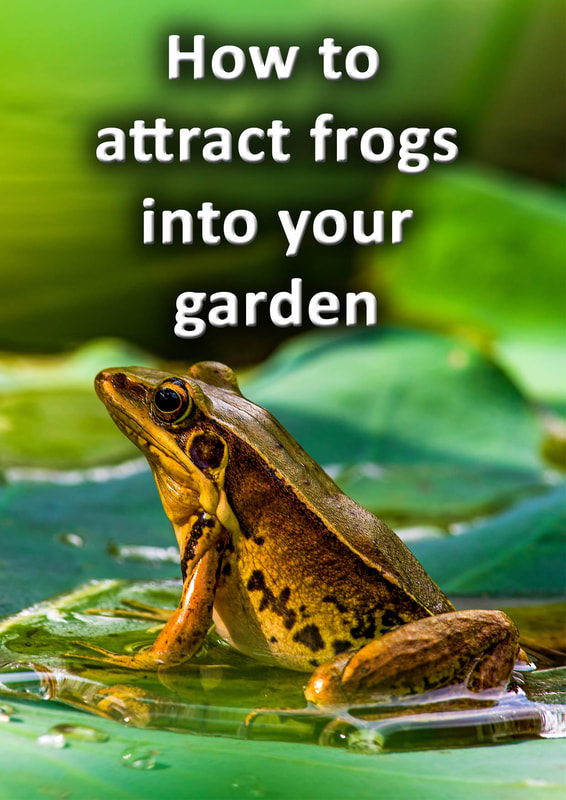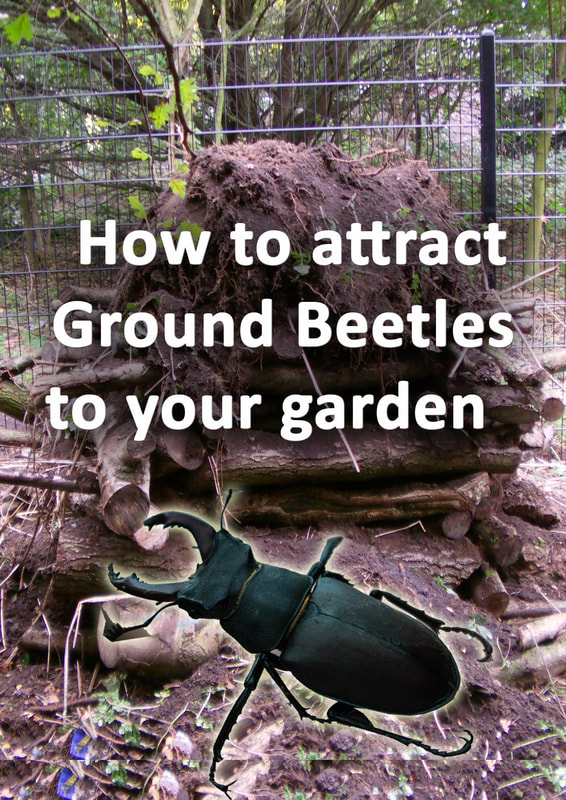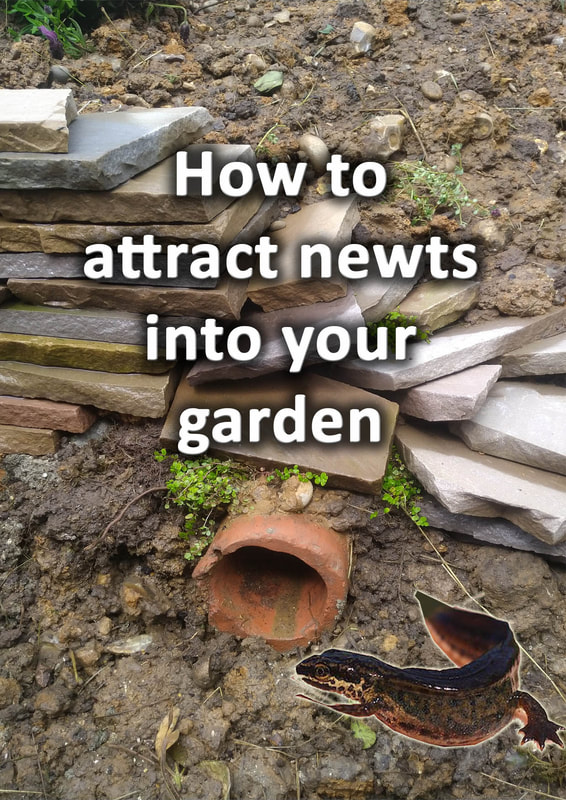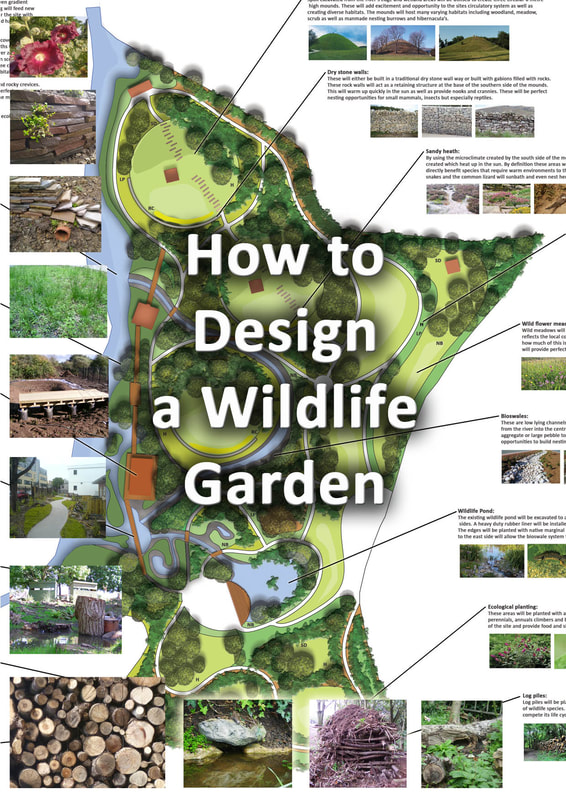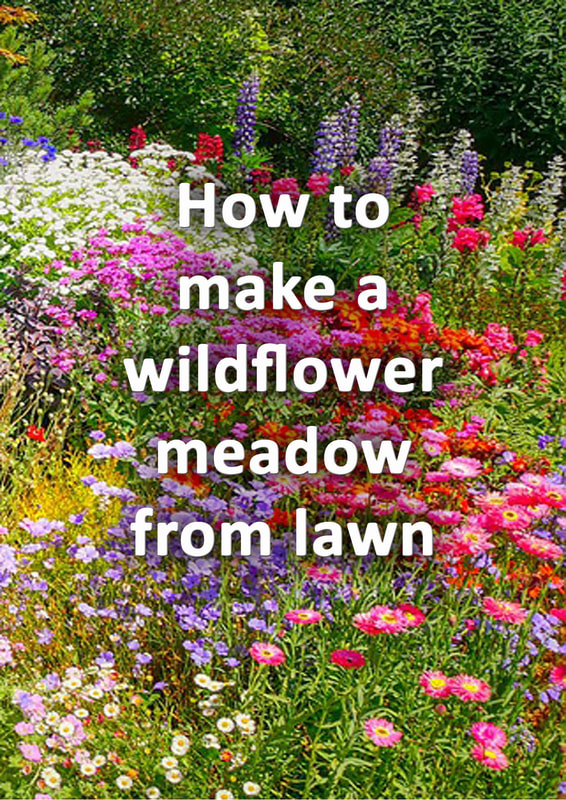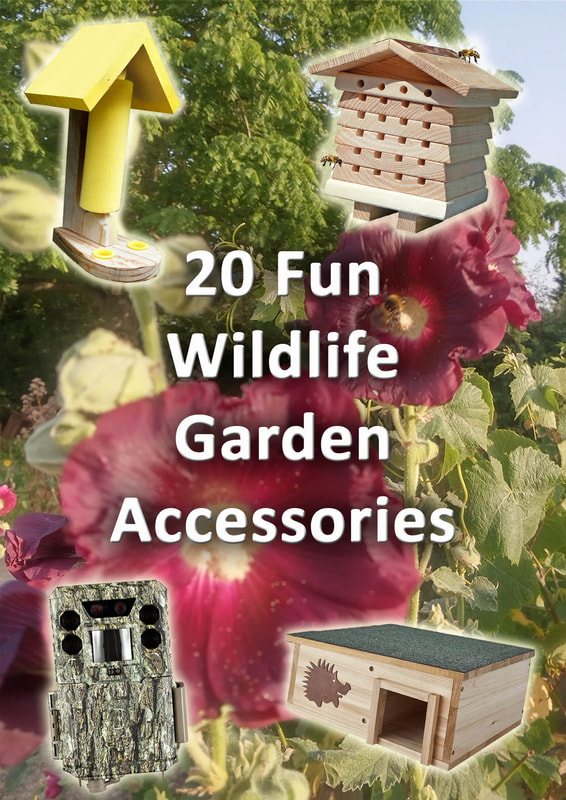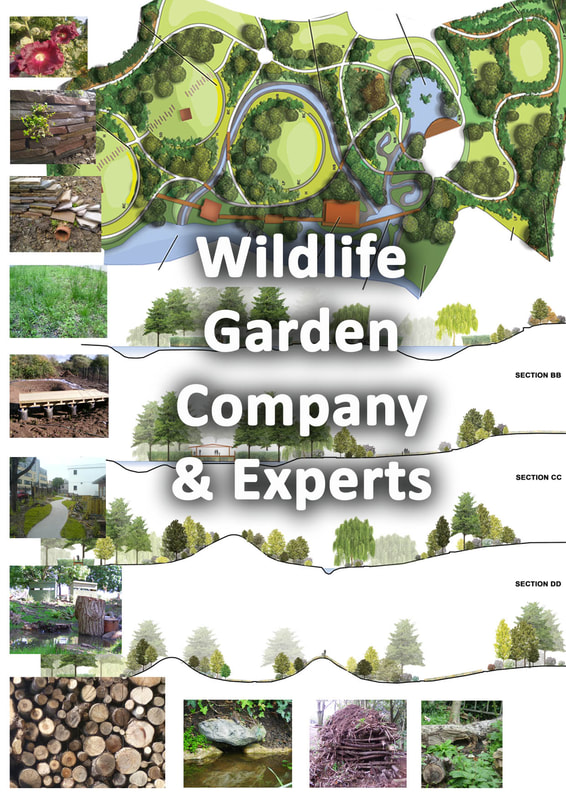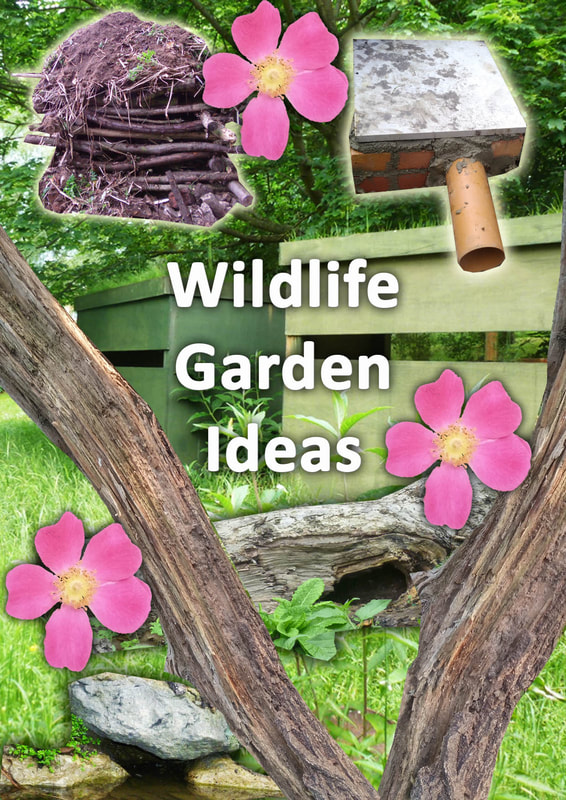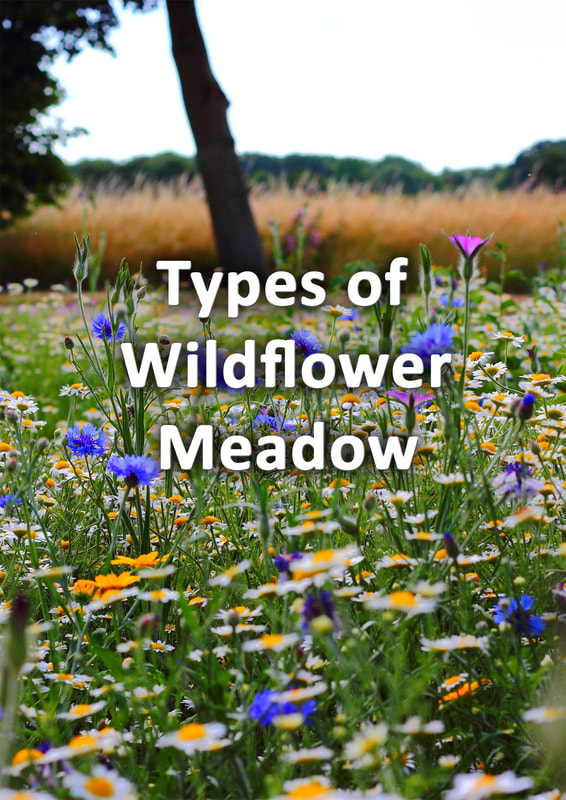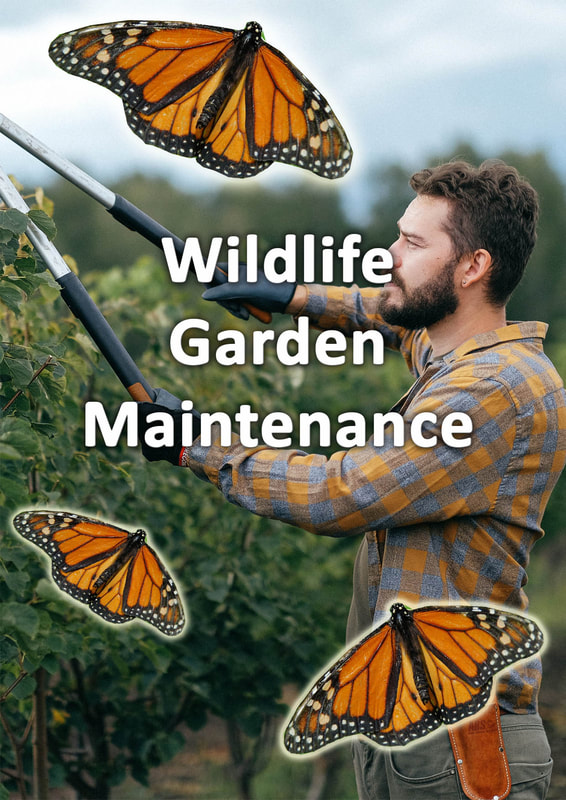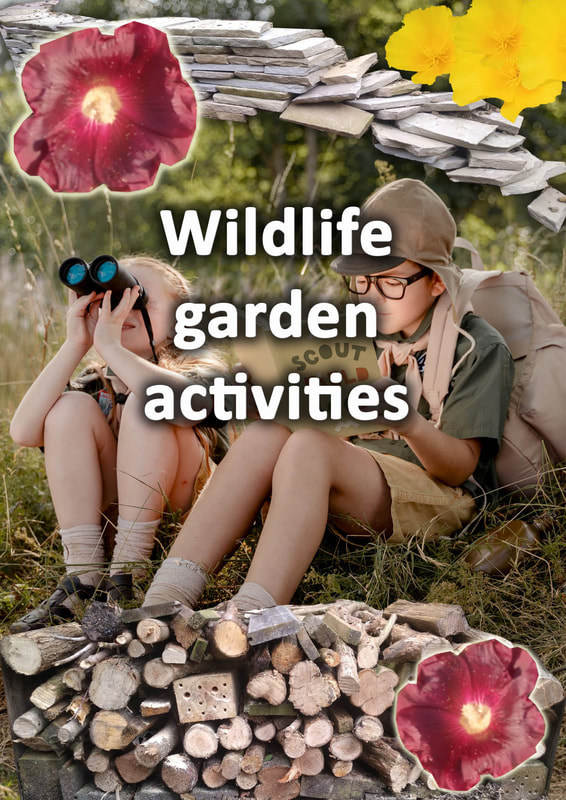|
This article contains affiliate links
How to create a wildlife garden hedge
Hedges and hedgerows have long been recognised for their excellent habitat value. Past decades have seen dramatic deforestation across much of the landscape. Hedges historically were planted to separate agricultural land parcels and mark out boundaries. Tough native shrubs and small trees were selected for their quick establishment and resilience. Hedgerows soon become vital wildlife sanctuaries and provided safe passage between other habitats. Hedges are also favoured by many wildlife species today in our urban parks and gardens. In this article we will explain the benefits of planting wildlife hedges and how to grow your own. Why are hedges good for wildlife?
It has long been recognised that hedges provide excellent habitat value for wildlife. Their network of branches creates the perfect places for birds to nest and raise their young. The dense vegetation of hedges provides plenty of shelter and places for many wild species to hide. As a hedge ages it becomes a lattice of plant species, standing dead wood and decomposing leaf litter at the base. This allows them to cater for a wide range of varying ecological niches and species. Very often wild plants establish along their base providing food for insects.
Invertebrates lurk around within the leaf litter breaking down organic matter and providing meals for hungry birds. Hedges will typically consist of native shrub species which produce blooms rich with nectar, fruits and nuts.
Hedges also help to reduce heat to vertical structures and boundaries throughout summer and provide shelter in winter. Their linear formation means they can create green corridors within the landscape. This allows wildlife to travel safely between dispersed areas of habitat. The best hedges for garden wildlife
The most effective hedges for wildlife are those which adjoin and link different habitats together. This means they do not only provide food and shelter but provide safe passage through the landscape. The best wildlife hedges also have less formal and regimented shaping. It is typical for wildlife hedges to form pyramids of vegetation with meadow like vegetation at the base. This provides dense cover with plenty of plant species diversity. The best wildlife hedges will contain a variety of native species which will produce flowers, nuts, and edible fruit. The inner structure of the hedge should also have native climbers and some deadwood habitat. Aim for diversity
When planning your new wildlife hedge aim for diversity! The more wildlife species your hedge contains the better it will be for wildlife. Do not just focus on the hedging species stock itself! Think about what climbers and wildflowers can also be established in and around the hedge. The most valuable wildlife hedgerows in the countryside are the oldest. However this is not because the hedge itself is old! It is simply because the older a hedge becomes the more plant species establish within it. Look for all the native hedge species which naturally occur in your area. Try to include as many wild species within your wildlife hedge as possible. Considerations of wildlife hedges
It is important to consider just how large hedges can become when established. Neat and tidy rows of saplings can rapidly develop into a robust, miniature, forest within a few years. If you don’t have a large garden try to plant smaller hedging species. Don’t forget, your hedge will grow out sideways as well as tall so try to visualise it at maturity. Be prepared for a lot of pruning and maintenance work to keep your hedge in good condition. It is best not to cut your hedge between March and august to avoid disturbing nesting birds. Use fruiting species
You do not have to be too restrictive to native plants when planting a wildlife hedge. It may be a good idea to incorporate some other fruits you like to eat too! These can include greengages, plums, apples figs and cherries. However they will need to be trained and pruned in a way which keeps them contained. Training such fruit trees along fences and walls can be a great alternative to a large hedge. Local wildlife will still make use of any free seasonal fruit and nuts on offer! Provide winter shelter with evergreens
When planning species for your hedge it may be a good idea to incorporate some evergreens. These can provide added shelter from cold winds during the winter months. Try to find native evergreens which grow well in your region. Do not be tempted to grow non native, fast growing, and coniferous evergreens like leylandii. These can grow too large, too quickly and suffocate the other hedge stock. Best shrubs for a wildlife hedge
Best shrubs for larger wildlife hedges
Best shrubs for smaller wildlife hedges
Planting your wildlife hedge
When planting your wildlife hedge it is important to realise it will be In place for a long time. Consequently it is a good idea to work the ground deeply and add plenty of organic matter. You should plant your hedge plants between the months of November and March when they are dormant:
Caring for your wildlife hedge.
In the first few years of establishment caring for your wildlife hedge will be very important. As the roots will be establishing it is essential to irrigate during dry summers. These early years are a good opportunity to prune and shape your hedge. If any one species develops faster it can be pruned back so it does not take over. Keep an eye on your wildlife hedge and try to ensure it grows evenly. In no time you will be welcoming a whole range of new wildlife species into your garden. Wildlife garden services
Buckinghamshire landscape gardeners are experts in wildlife garden design and construction. Acting as the domestic landscaping part of Ecospaces we have over 20 years experience in ecological landscaping and sustainable construction. If you are interested in our wildlife garden services please do not hesitate to contact us. Our wildlife garden services include:
|
Useful links
'As an Amazon associate I earn from qualifying purchases'
0 Comments
Leave a Reply.
The Author
Paul Nicolaides
BA (Hons) Dip
Paul Nicolaides has over 30 years of recreational gardening and 20 years of professional landscaping experience. He has worked for landscape contractors including design and build practices across London and the South East. In 2006 he qualified with a BA Hons degree and post graduate diploma in Landscape Architecture. In 2009 he founded Ecospaces an ecological landscaping practice which aims to improve social cohesion and reduce climate change through landscaping. In 2016 he founded Buckinghamshire Landscape Gardeners which designs and builds gardens across Buckinghamshire and the South East. This blog aims to provide easy problem solving information to its audience and encourage others to take up the joy of landscaping and gardening.
